Patellofemoral Pain Syndrome Strengthening Exercises
Patellofemoral pain syndrome strengthening exercises. Begin by standing with your heels about 6 inches away from a wall and your feet about a foot apart. Stretches strengthening balance exercises core stability strengthening the muscles around your tummy and pelvis plyometrics powerful movements such as jumping. Epub 2014 Oct 29.
Randomised and quasi-randomised trials evaluating the effect of exercise therapy on pain function and recovery in adolescents and adults with patellofemoral pain syndrome. Stand with your back to the wall and your feet about 12 inches away. Exercises to help your knee pain Be patient.
HOME EXERCISE PROGRAMME This home exercise programme is divided up into specific sections each addressing different issues that can cause PFPS. Does the Addition of Hip Strengthening to a Knee-Focused Exercise Program Improve Outcomes in Patients With Patellofemoral Pain Syndrome. Focus on moving the weight with the glutes and not the lower back or hamstrings When you approach the top of the movement finish the lift by contracting your glutes hard and pushing your hips forward.
Ease off the exercise if you start to have pain. Do not roll your body or pelvis backward. Glide or pulled your patella towards the inside of your knee.
Patellofemoral pain can be hard to treat and your. It may take weeks or months of treatment for the pain to go away. Hip strengthening prior to functional exercises reduces pain sooner than quadriceps strengthening in females with patellofemoral pain syndrome.
In doing so theyll help protect your knees from the nagging pain of PFPS. Exercises Your Kaiser Permanente Care Instructions Here are some examples of typical rehabilitation exercises for your condition. Lie down with 1 leg bent at a 90-degree angle with your foot flat on the floor and extend your other.
Authors Ben A Bloomer 1. Perform a small squat making sure your knees stay over your ankles.
Patellofemoral pain can be hard to treat and your.
Does the Addition of Hip Strengthening to a Knee-Focused Exercise Program Improve Outcomes in Patients With Patellofemoral Pain Syndrome. In doing so theyll help protect your knees from the nagging pain of PFPS. Other strategies commonly used for knee pain such as braces are not recommended for PFPS. Do the exercise 5 to 10 times. No treatment or versus another non-surgical therapy. Hold the foot of the leg to be stretched and gently pull up behind. Decreased hip muscle strength has been implicated as a contributing factor. Authors Ben A Bloomer 1. Does the Addition of Hip Strengthening to a Knee-Focused Exercise Program Improve Outcomes in Patients With Patellofemoral Pain Syndrome.
This type of program may include exercises to make your muscles stronger and more flexible. According to experts in the field exercise is crucial for recovery from patellofemoral syndrome. Conclusion The intervention programs that were most effective in relieving pain and improving function in patellofemoral pain syndrome included proprioceptive neuromuscular facilitation stretching and strengthening exercises for the hip external rotator and abductor muscles and knee extensor muscles. Stretching exercises for Patellofemoral pain Patella glides. Hold your right leg straight for 10 to 20 seconds and then relax. Do not roll your body or pelvis backward. Hold the foot of the leg to be stretched and gently pull up behind.



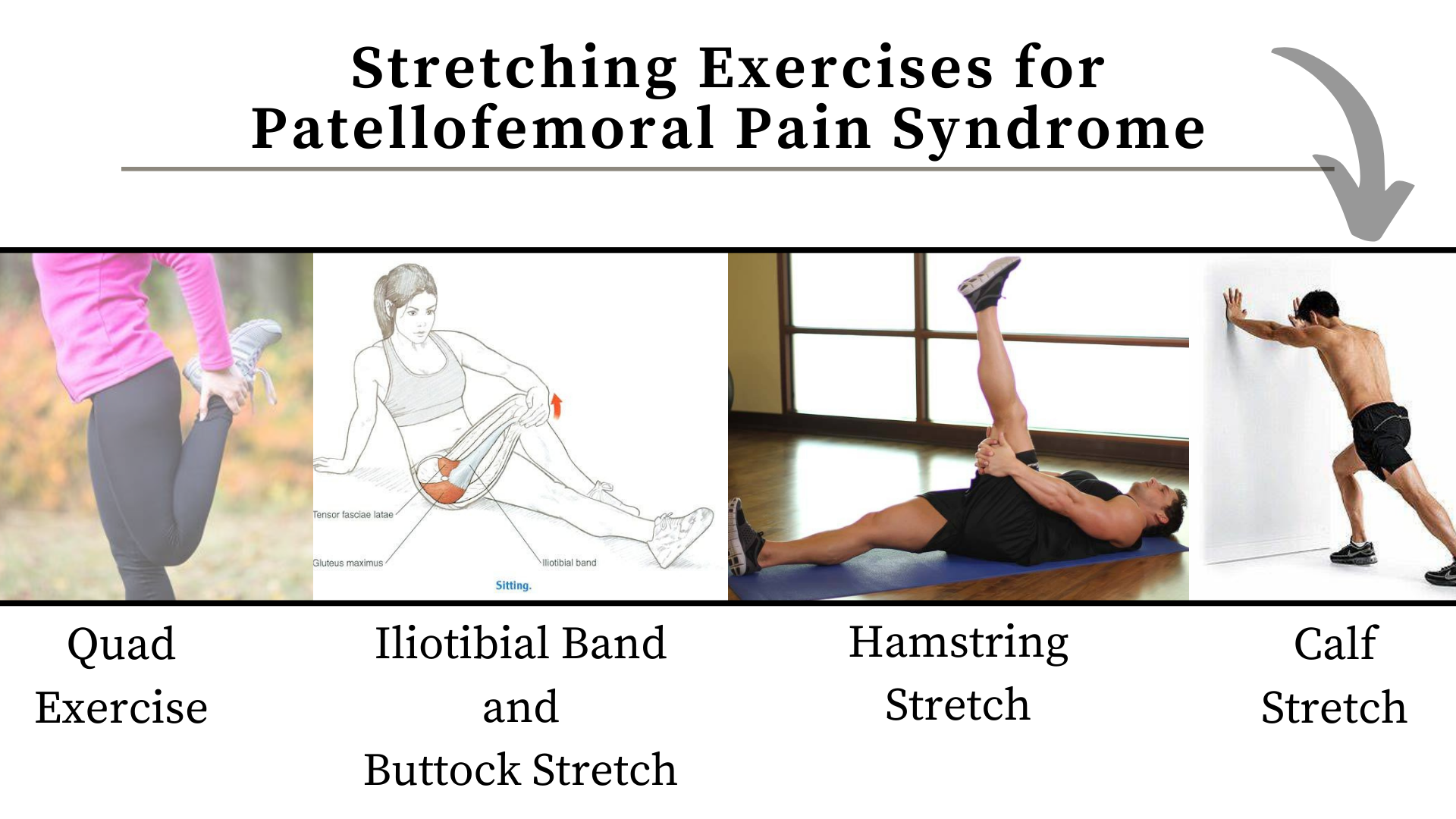



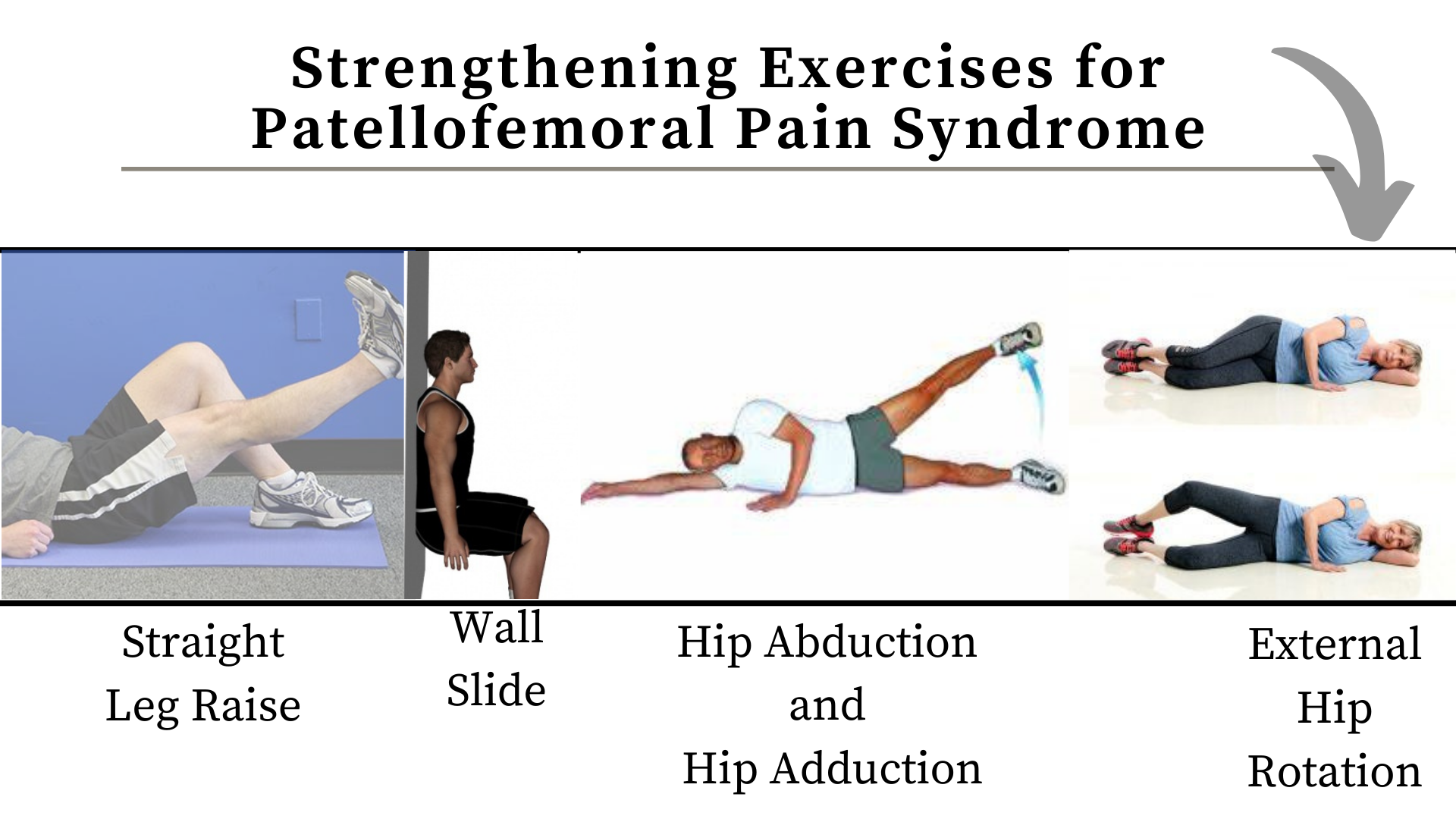
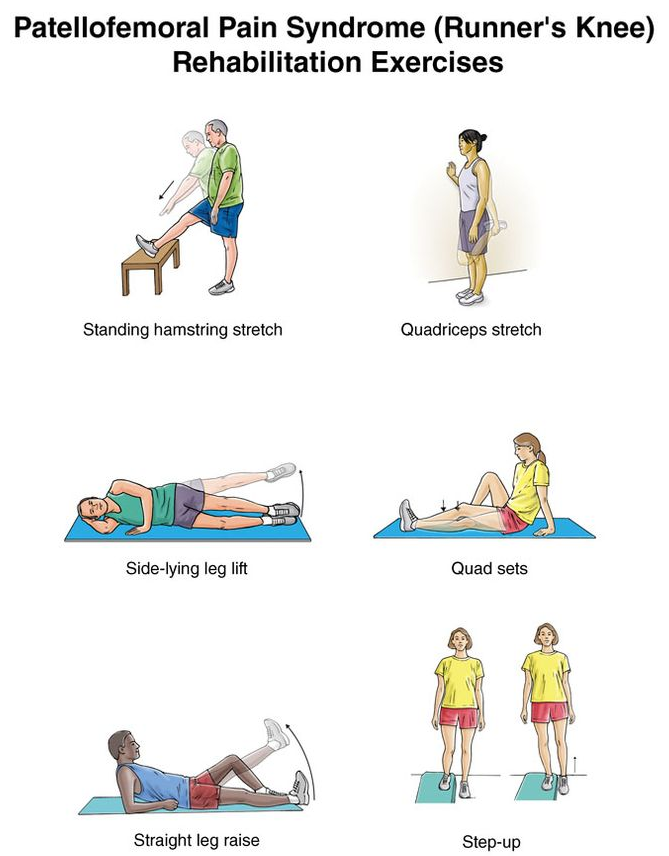

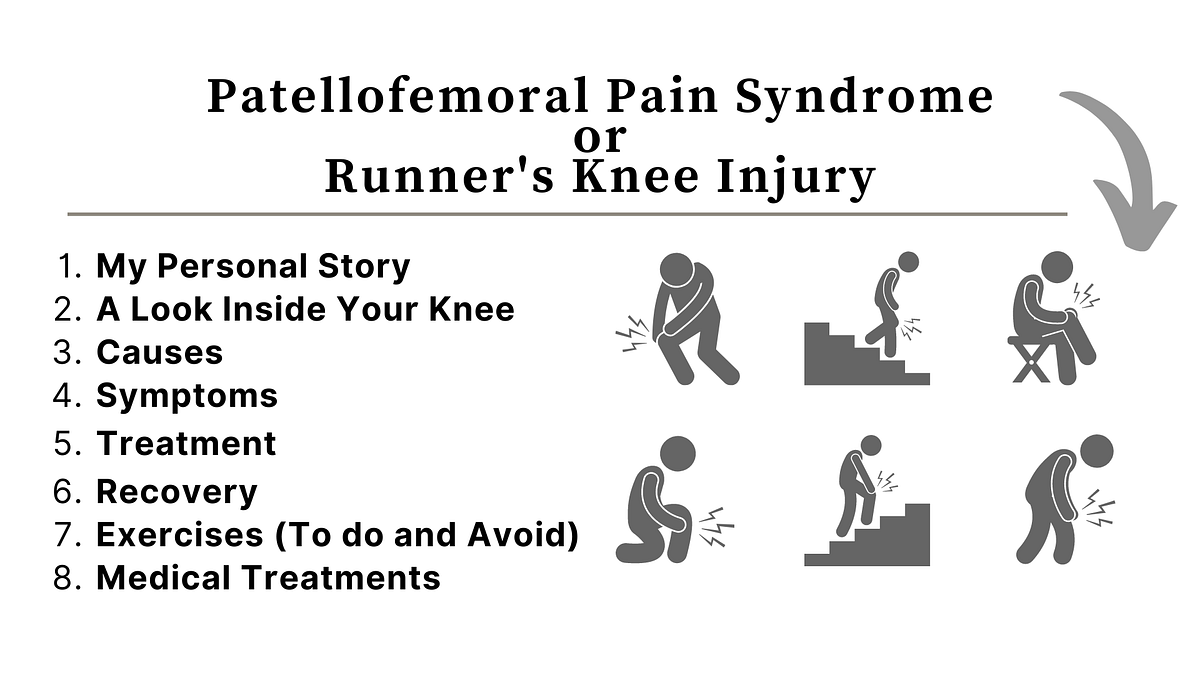

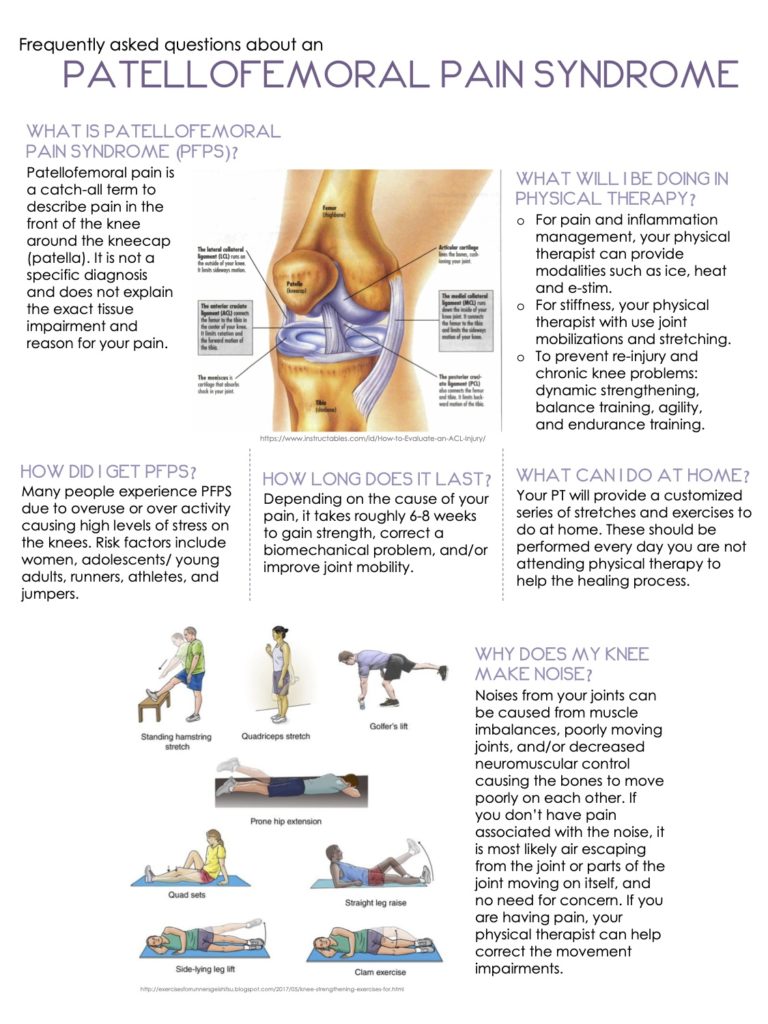
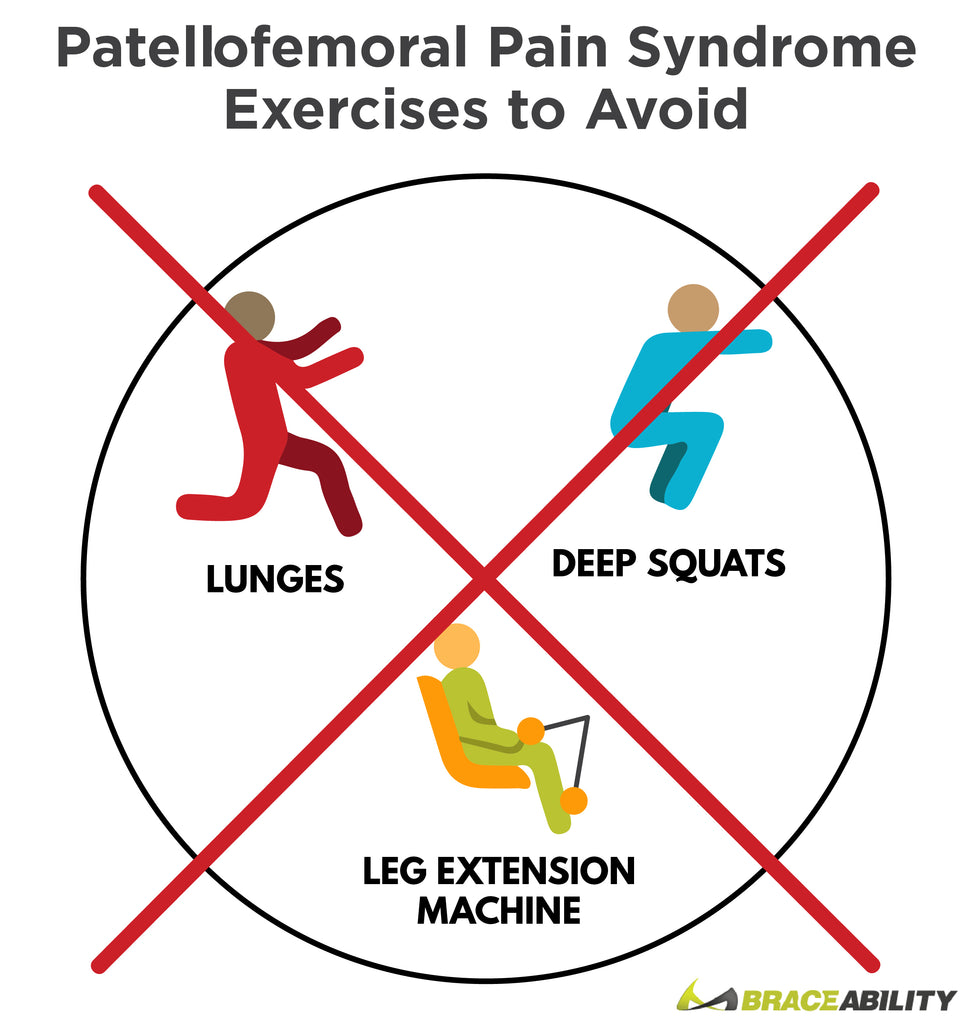

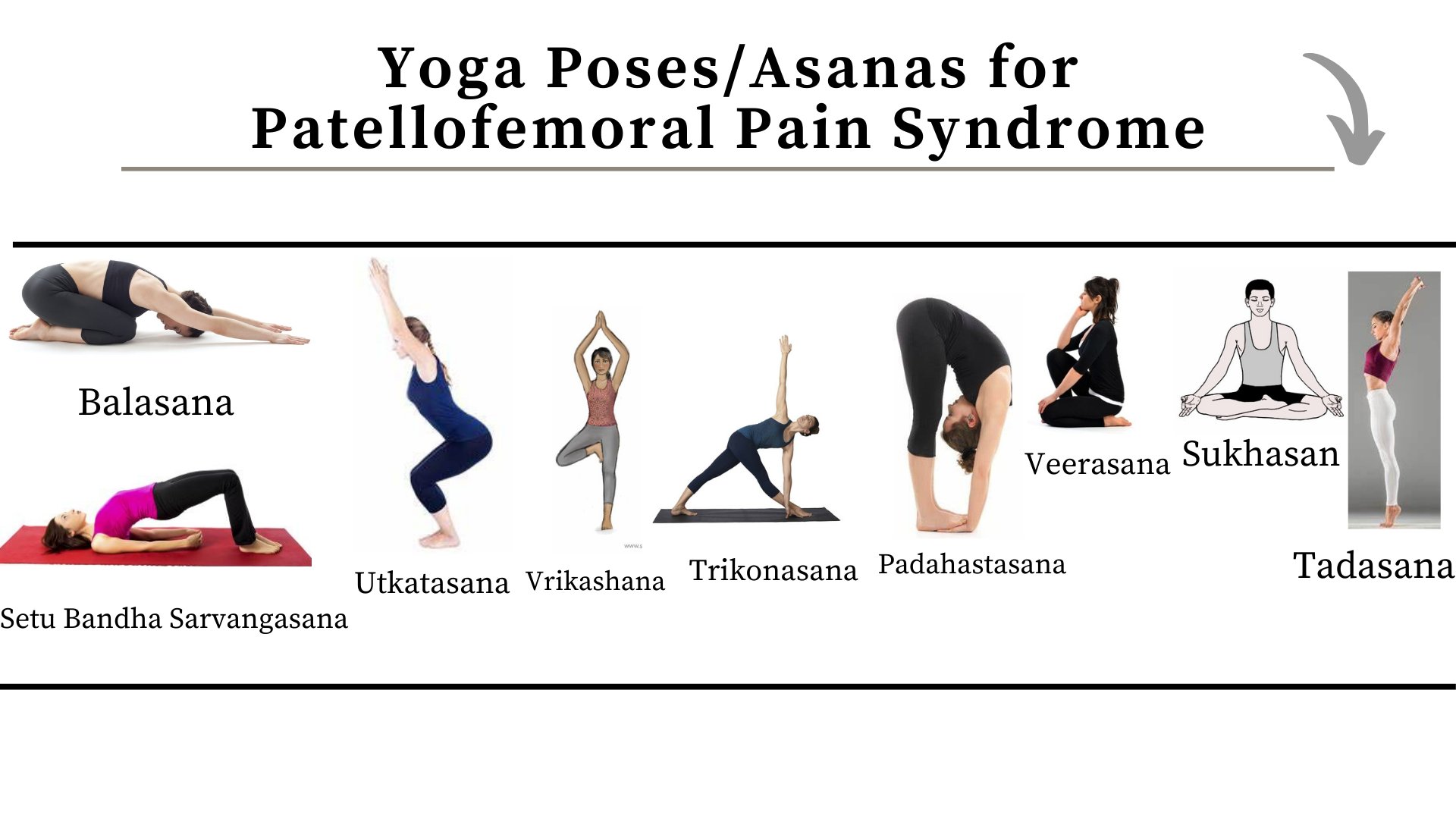


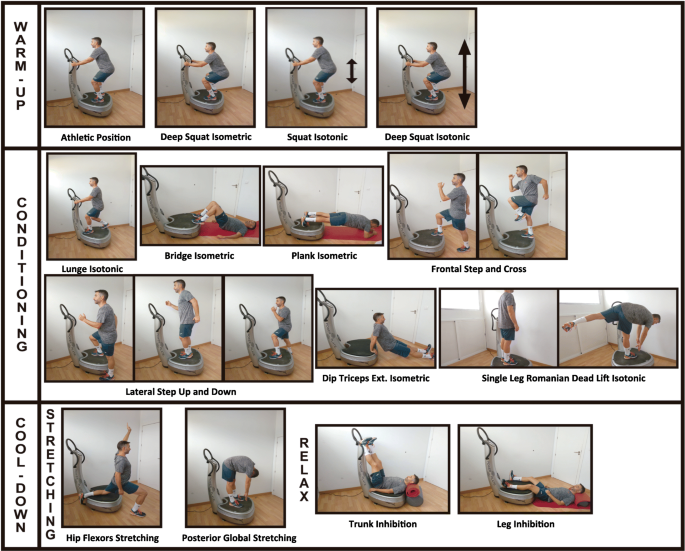
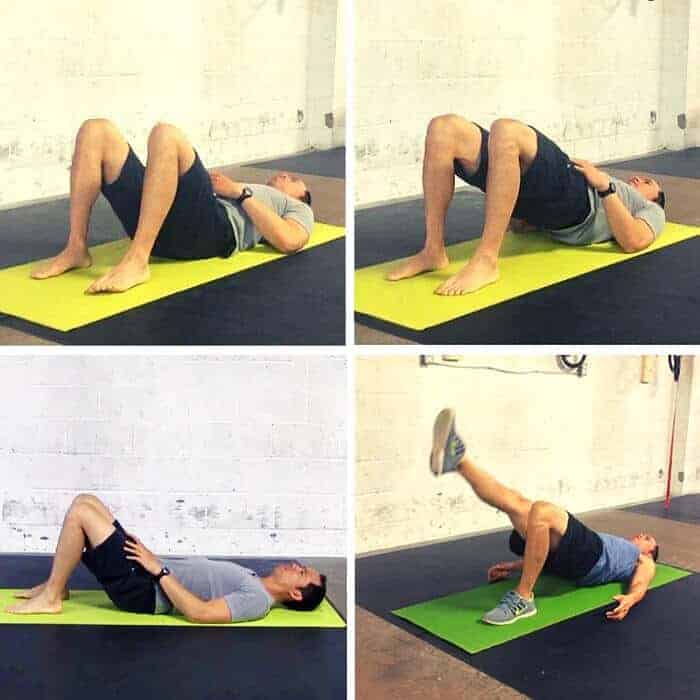



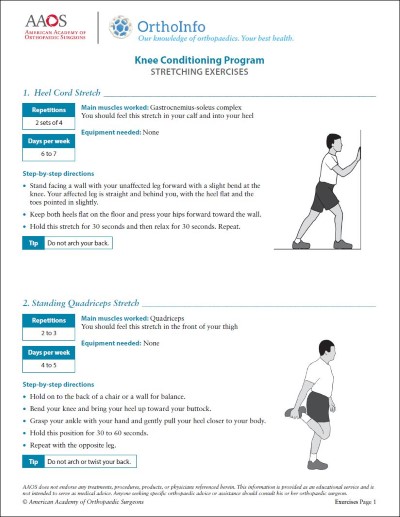


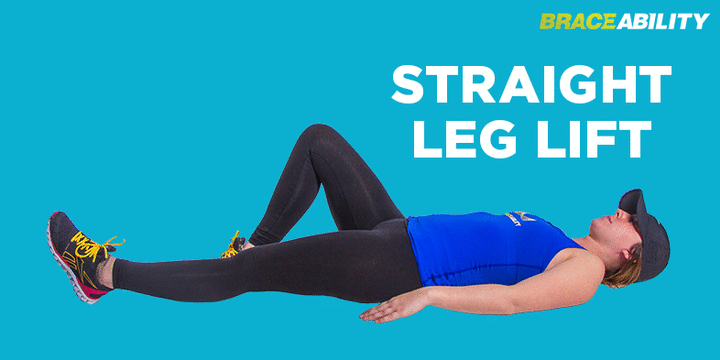

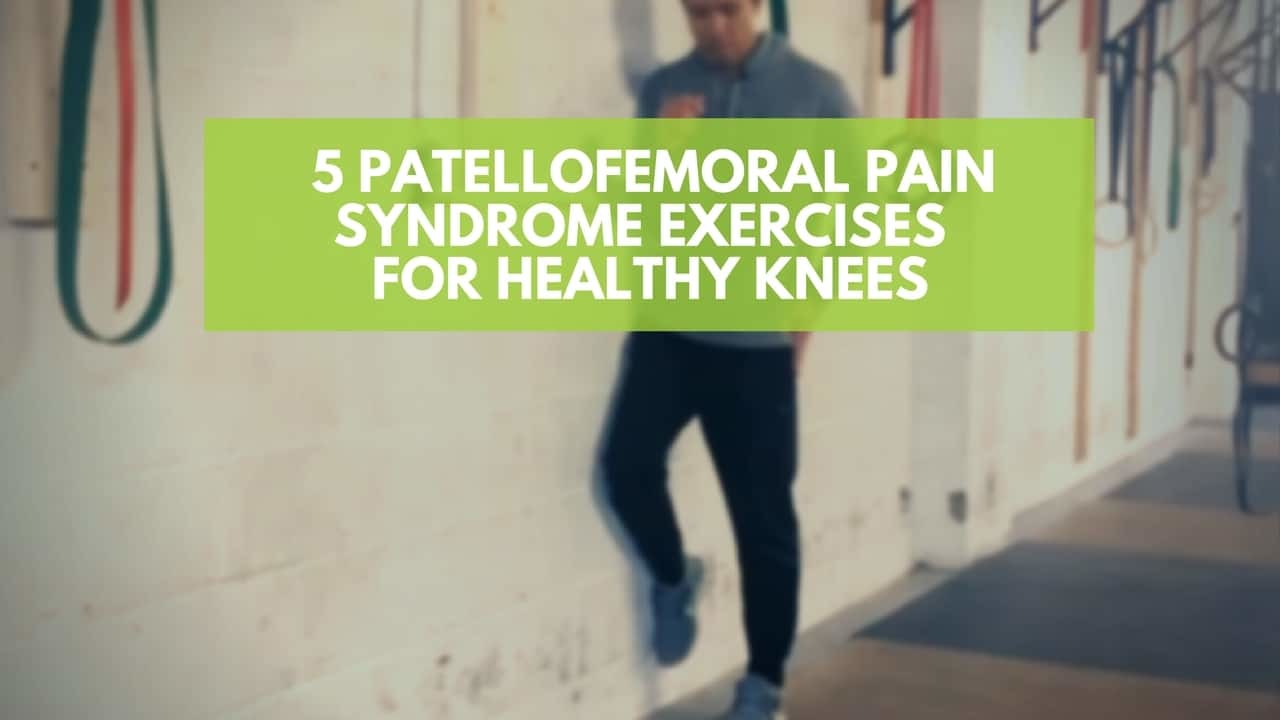








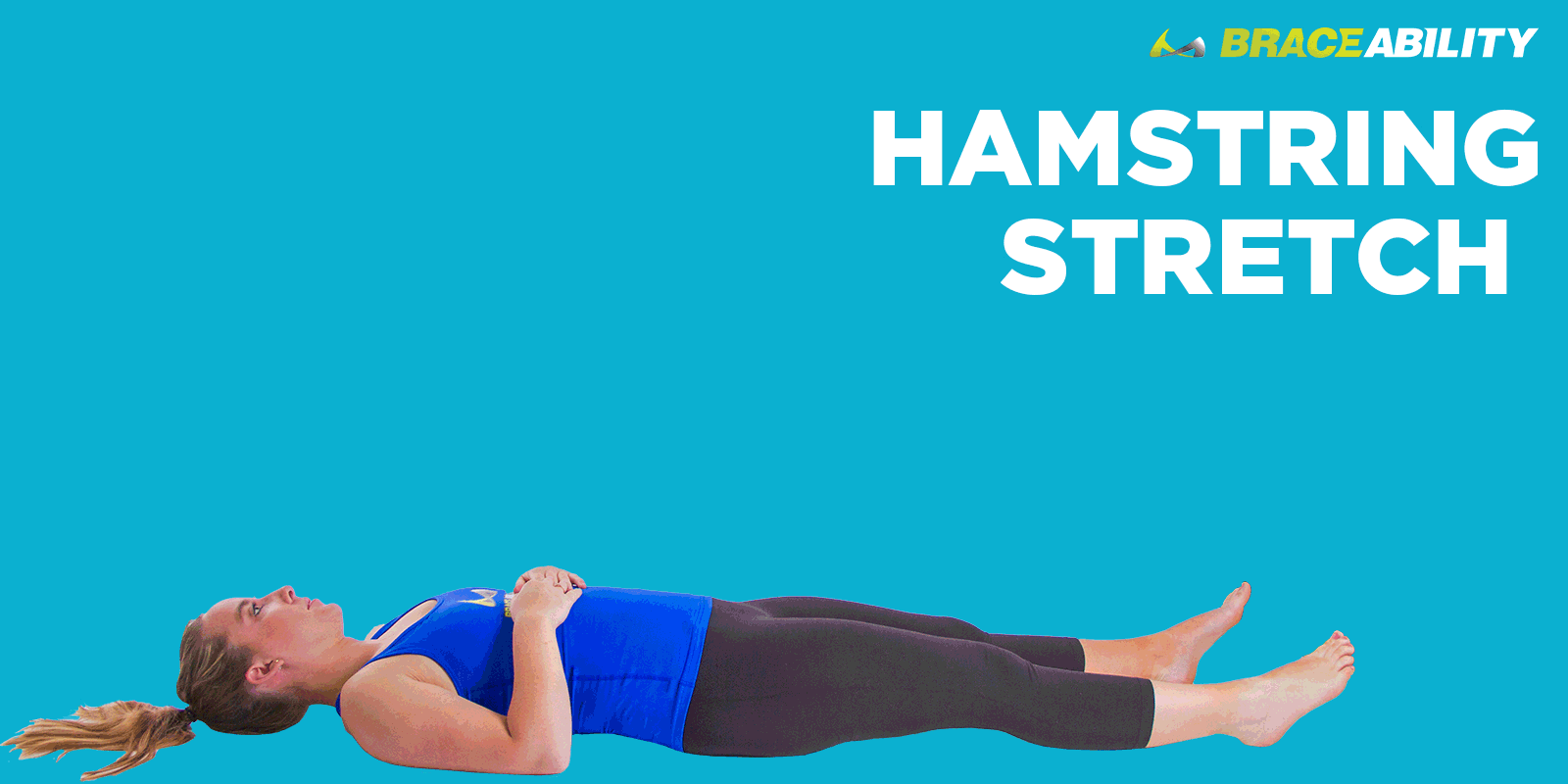





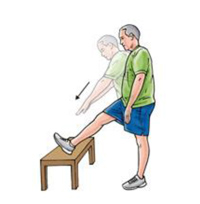
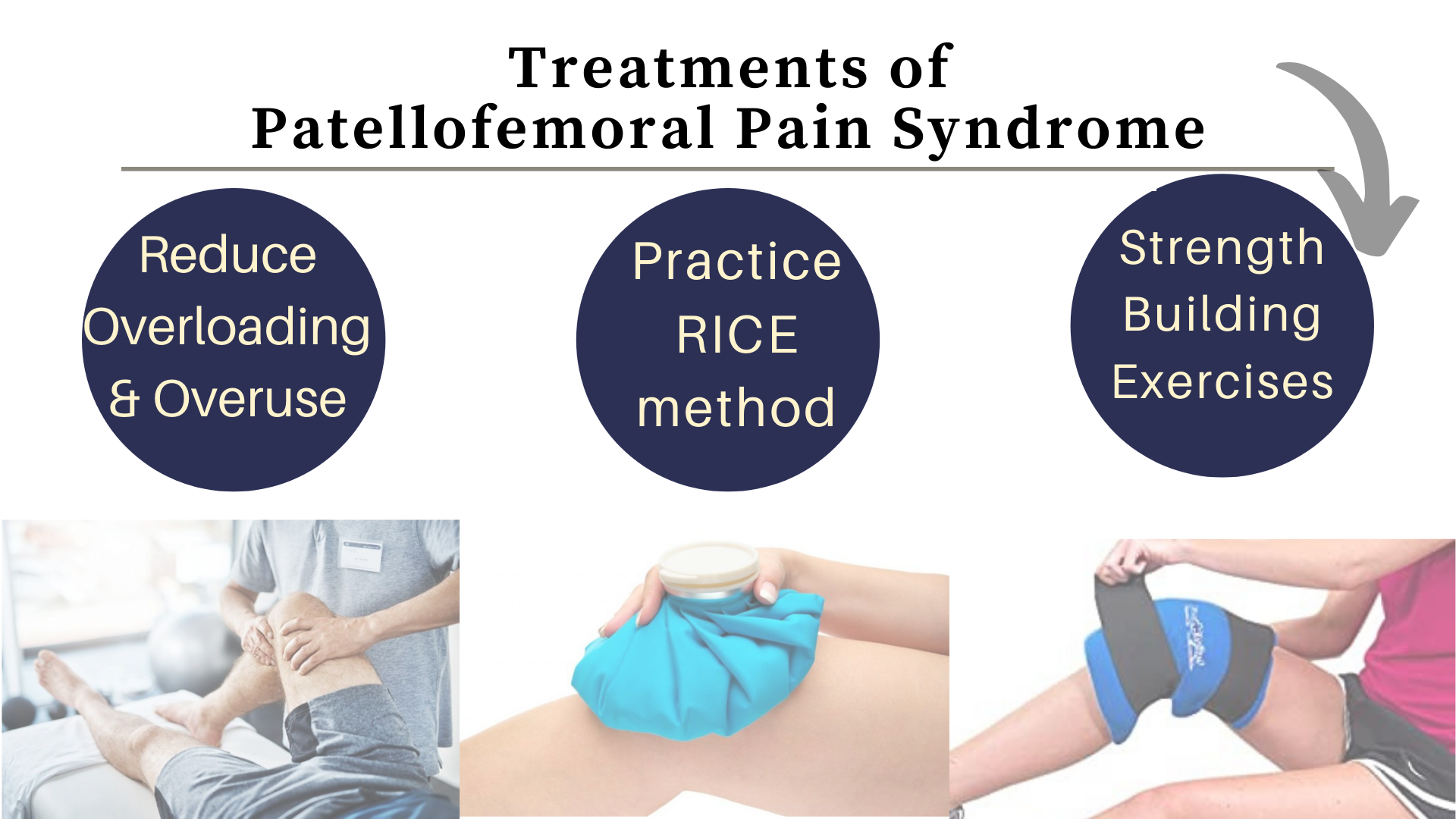
Post a Comment for "Patellofemoral Pain Syndrome Strengthening Exercises"